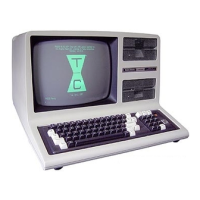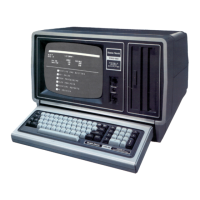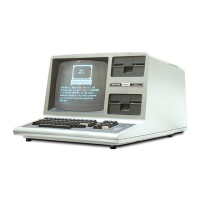As
previously mentioned, the IISET macro can
be
used to reduce the
number of tokens that have
to
be
entered
on
the
DO
command line.
Consider the following SYSOPT/JCL example:
+
Establish
TRSDoS
system
options
IIIF
All
IISET
CoMM
IISET
PR
IISET
SET
IISET
SRES
IIEND
IIIF
KIAll
IISET
CoMM
IISET
SET
IIEND
IIIF
CoMM
set
*cl
to
com/dvr
setcOtl1
(1,lord=8)
IIEND
III
F
PR
set
*ff
to
forms/flt
filter
*pr
*ff
fOrtllS
(chars=80)
IIEND
IIIF
SET
setKi
(rate=7)
IIEND
IIIF
SRES
system
(sysres=2)
system
(sysres=3)
system
(sysres=10)
IIEND
This example shows how many different TRSDOS options can be
established with a JCL file. The way
it
is
structured, you can choose
any or all of the options.
If
you did not use IISET,
you
would have
to
enter four separate
tokens
on
the
DO
command line to establish all of the options, as
follows:
DO
SYSoPT/JCl
(CoMM
,PR
,SET
,SRES)
(ENTER)
If
you specify "ALL"
in
the
DO
command line, COMM,
PR,
SET, and
SRES are set
to
true conditions.
If
you specify "KIALL"
in
the
DO
command line, COMM and SET are
set to true conditions.
Notice the use of upper and lower case.
As
stated earlier, either
upper or lower case letters can
be
used
in
any JCL macro, token, or
label. This is also true when the line
is
a TRSDOS command,
as
are
the lower case lines
in
this example.
A-18

